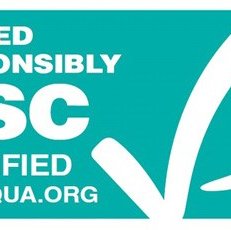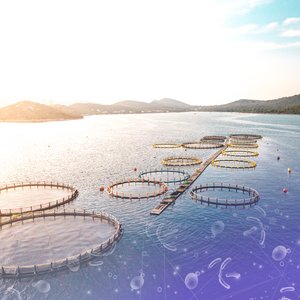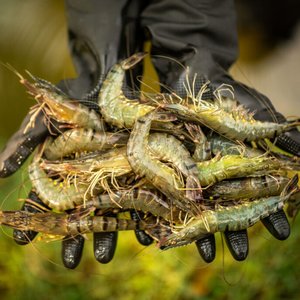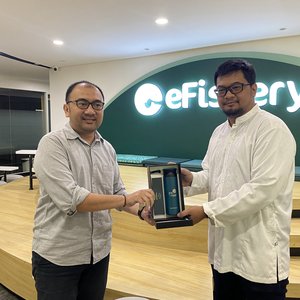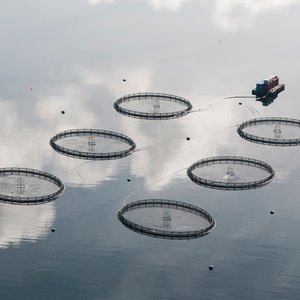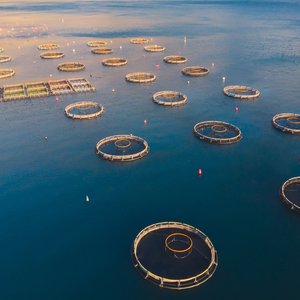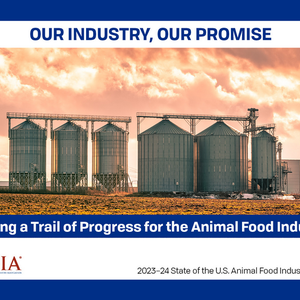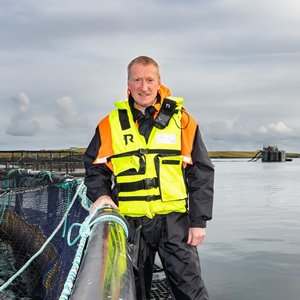USSEC and the US Grains Council (USGC), US. Agency for International Development (USAID), and Foreign Agriculture Service USDA, jointly organized the first Association of Southeast Asian Nations (ASEAN) Aquaculture Industry Summit from June 2-4, 2015 in Singapore.
More than 90 representatives from governments, academia, trade associations, industry and investors converged for two and half days of plenary and roundtable sessions that addressed four core areas of stakeholder interest: best practices in ASEAN aquaculture farm management; strategies and future of ASEAN feed management; regulation and legislation in aquaculture; and investment in aquaculture.
U.S. Ambassador to Singapore, H.E. Kirk Wagar, remarked in his address, “Very few industries in the world can boast 7.8 percent annual growth over the past two decades, but aquaculture is one of them.” The two main goals of the conference are to bring together key industry decision makers and influencers to discuss the issues and challenges that maybe hampering the aquaculture sector from realising its potential, and to find common ground in developing a roadmap towards regulatory and certification harmonization among ASEAN countries.
Aquaculture has been one of USSEC’s cornerstone programs for over a decade, and with good reason. Asia accounts for about 90 percent of global aquaculture production with four of the top ten aquaculture producers in the world hailing from Southeast Asia, accounting for about 20 percent of the feed-based aquaculture production volume globally.
“Aquaculture, above anything else, defines the mantra, ‘When trade works, the world wins,”’ said Kevin Roepke, USGC Regional Director for Southern Asia and Oceania. “Fish is the world’s most valuable exported food commodity with a total value over corn, soybeans and beef combined. Its role in achieving global food security cannot be overlooked.”
In terms of nutrition and cost efficiency, feed management and technology in aquaculture is still lagging behind that of terrestrial livestock. Increased usage of quality vegetable protein sources as a mainstream raw feed ingredient in aqua feed will continue to grow against concerns for sustainability, disease and cost control. This trend bodes very well for U.S. agricultural exports, particularly US soy.
Source: USSEC Soy News


